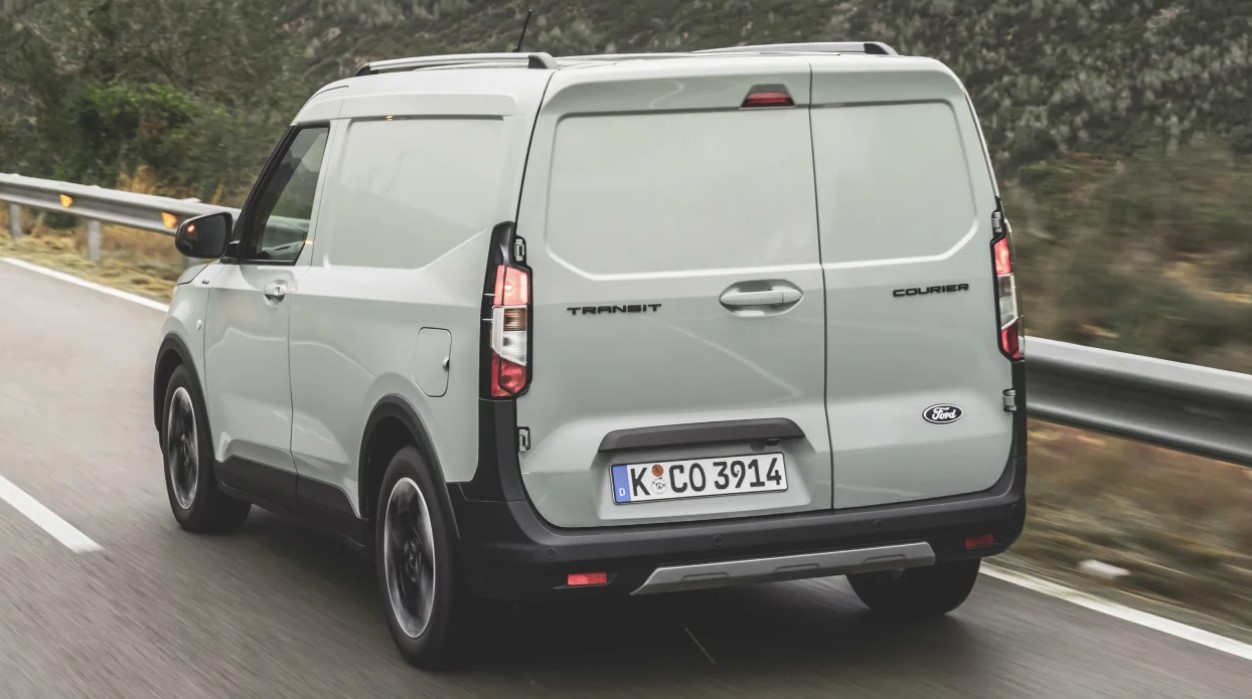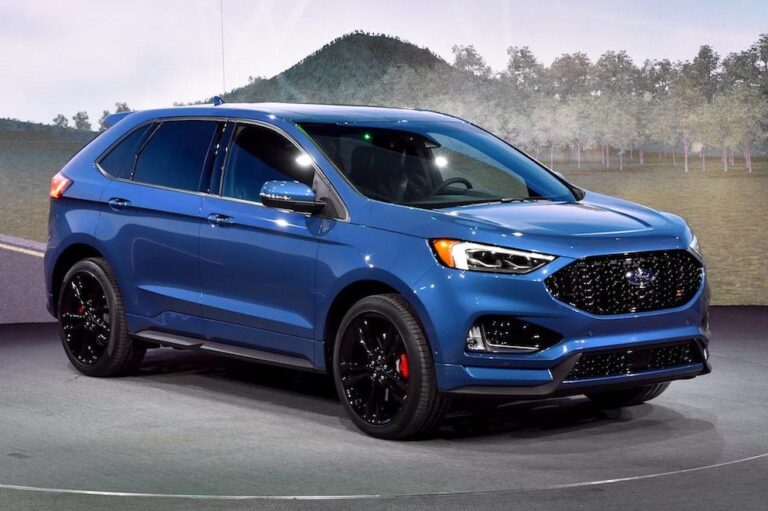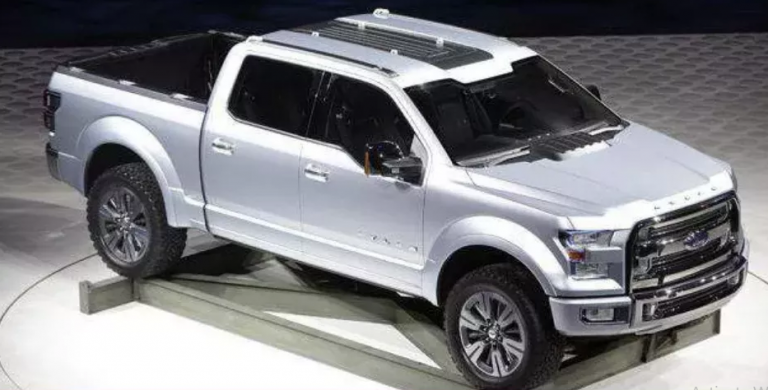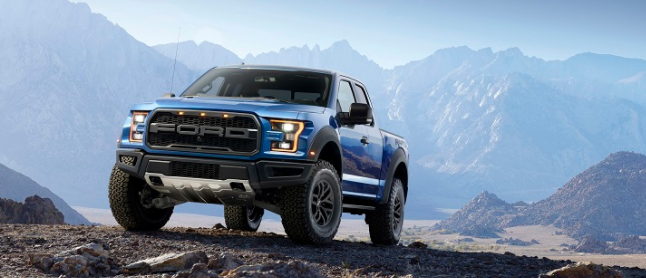2026 Ford Transit Courier Specs, Price, Dimensions
2026 Ford Transit Courier Specs, Price, Dimensions – Thanks to a growth spurt, the 2026 Ford Transit Courier has more capacity than ever before, but its prices have gone up compared to the previous generation, even if they still seem affordable when compared to rival models. This is a competent little van with a good cargo area, a well chosen range of powertrains (including an electric van option shortly), and an interior furnished with every gadget you could possible need.
Everyone has to grow up eventually. An excellent illustration of this is the 2026 Ford Transit Courier, which has been totally redesigned for 2024 with new features, an all-electric version, and, yes, a bigger vehicle.
Ford argues for the increase, pointing out that buyers of very small vans frequently want a bit more space, to the point where it is more important to market a wider range of middle-class vehicles rather than aim for the ultra-compact market at the bottom, which was previously occupied by models like the Fiesta SportVan. As a result, the cargo area of the new Transit Courier is larger than that of the one it replaces in every important aspect. It’s also more costly.
The Transit Courier’s passenger-car brother, the Tourneo Courier, is powered by Ford’s Global B platform, which also powers the Puma small SUV. We haven’t seen all of the characteristics of the electric E-Transit Courier yet because it won’t be ready until later in 2024.
With two 1.0-liter three-cylinder EcoBoost gasoline engines with 99 or 123 horsepower and 170 Nm and a 1.5-liter EcoBlue diesel with 99 horsepower and 250 Nm of torque, the standard model, on the other hand, has extremely minimal technology. Although the standard gearbox is a six-speed manual, the more powerful EcoBoost may be bought with a seven-speed dual-clutch automatic gearbox. 2026 Ford Transit Courier Specs
Table of Contents
2026 Ford Transit Courier Redesign and Update Plan
Exterior & Interior
Transit Couriers with combustion engines can carry up to 680 kg of cargo as normal, or 845 kg with dual-rate springs for £150 (ex VAT). Ford claims that this is a 45% increase in capacity over the previous Courier. The next electric vehicle will have a 700 kg lifting capacity.
When examined alone, the Transit Courier’s figures are remarkable, and its single conventional sliding door provides an aperture that is more than half a meter wide. Although their luggage capacity is lower, the smaller Citroen Berlingo and even the Renault Kangoo versions can carry more stuff than the Ford.
The load volume, at 2.9 cubic meters, is just 0.2 cubic meters less than the capacity of Ford’s own Transit Connect at its normal length. The load floor is 1,802 mm long and 1,535 mm wide, with 1,220 mm separating the wheelarches. The through-loading option increases the load length at the floor to 2,667mm, which is helpful for longer items like pipes or ducting.
The cargo space is 1,253mm high, and the load lip is 602mm, a decent, moderate size. The rear door opening is 1,235 mm in width and 1,120 mm in height, while the sliding door gap measures 528 mm in width and 1,069 mm in height. The cabin features a fully digital instrument cluster and—more crucially for van owners—a useful dash with an eight-inch infotainment system that incorporates Android Auto and Apple CarPlay and a built-in mount that can hold a variety of aftermarket smartphone holders. There is a middle bin for A4-sized files and door pockets big enough to fit 1.5-liter bottles in addition to overhead storage.
The switchgear is helpful because it is standard on Ford passenger cars, and the driver’s seat has several adjustment choices that make it easy to become comfortable. The higher-spec vehicles include carpets for added comfort and sound absorption in addition to rubber flooring for tough use and an abundance of sturdy plastics.
Backup is essential for commercial vehicles, and the Transit Courier’s continuous connectivity allows for integration and administration with the Ford Pro digital “fleet ecosystem.” The scale of Ford’s dealer network in the UK gives them a modest advantage, although most big van providers offer equivalent backup. 2026 Ford Transit Courier Specs
2026 Ford Transit Courier Specs
Engine & Performance
The Transit Courier, which was constructed on the Puma chassis, is among the best handling vans on the market. Its big windows and driving posture allow you to observe your surroundings easily.
Despite the fact that we have only driven the diesel engine thus far, it is a courageous performer, generating 250 Nm of torque at a mere 2,000 rpm—enough to occasionally give the impression that it is moving quickly. Generally speaking, there is enough shove to eliminate the faint rasping and rattling that occurs as you push the motor into the higher rpm range. Furthermore, the surge of a van-shaped front end being thrown into the air may easily drown out the gurgling sound of the engine when traveling on a freeway. It feels more like a car you could drive for many kilometers while pointing toward a highway than the ultimate in luxury. And most likely, that’s precisely correct.
The seamless shift system of the manual transmission makes it easy to change speeds while not cruising. Because of its weight and precise steering, which make it simpler to operate around sharp curves and in crowded urban streets, the Transit Courier could be the car that most closely resembles Ford’s passenger car series. Even with around half the maximum amount of stuff on board, the journey was peaceful and enjoyable (sticking with 16-inch wheels may help a little with this).
2026 Ford Transit Courier Fuel Economy
There are four trim levels in the series, with the Limited being the first. As Ford charitably states, it is primarily meant for big fleet purchases and starts at around £18,000 (VAT excluded). Except for the more powerful manual gasoline engine, everything is included. A steel bulkhead, power windows, heated and controlled folding side mirrors, and an eight-inch touchscreen infotainment system are just a few of the standard equipment that are still available. It survives without air conditioning or side access to the cargo compartment.
Trend provides one sliding side door and has another in the works, in addition to heating for the seat, steering wheel, and windshield. Additionally, it can produce 123 horsepower when a manual transmission is engaged. The Limited, which features 16-inch alloy wheels, keyless entry, body-colored exterior parts, climate control, and a rearview camera, comes next. The top-of-the-line Active model shares many of the same features as the Limited, but it has larger 17-inch alloy wheels and a distinct look. The top two models do not come with the 99bhp gasoline.
The Leader model is the most fuel-efficient diesel engine, with a WLTP of 55.4 mpg. The other two varieties are in the middle, with the Active variant achieving 51.2 mpg. Although the manual models’ range is 43.5 to 42.8 mpg and the Powershift automatic models’ range is 42.8 to 41.5 mpg, using gasoline does not significantly reduce the official fuel economy ratings. 2026 Ford Transit Courier Specs
2026 Ford Transit Courier Safety Features
Any issues should have been fixed before to release because the Courier is based on the Ford Puma platform. There shouldn’t be many issues, but life as a working car will definitely be more challenging than with a small SUV.
The safety equipment of a car is strong. There are extra features like roll stability control, tire pressure monitors, airbags for the driver and passengers (not all small vans have a passenger bag as standard), rear parking sensors, lane assist, driver alertness warning, cruise control with intelligent speed limiter, and a wrong-way assist in addition to the standard ABS, stability control, and traction control systems. Adaptive cruise control, a rearview camera, front parking sensors, lane-change assistance, blind-spot warning, and rear cross-traffic alert are among the options available to buyers.
We recommend using the appropriate oil for the EcoBoost gasoline engine while servicing the Courier. Because it is driven by engine oil, the cambelt of the 1.0-liter engine is known as a “wet belt”. According to reports, using the wrong oil might lead to the cambelt breaking and deteriorating, requiring costly repairs.
Note: The details included in this blog post are derived from pre-release material that was accessible when the article was written. If you want the latest information, you should check official sources or call your nearest dealership.









